As a consultant (which I recently learned is a euphemism for “unemployed”), I find that my income streams seem to change fairly regularly. One year I do a lot of speaking and teaching, then suddenly most of my work is building certification, and the next year it is something else. I liken my business model to fishing; that is, I eat what I catch. My newest “catch” is performance testing of new homes for energy code compliance.
The state of Georgia now requires either blower door testing or a pre-drywall visual inspection and duct leakage testing to meet IECC 2009 with state amendments. So far it appears that most builders are opting for the testing over the visual inspection, and I just completed the testing of my first house for a midsize local builder.
It’s a start
Now, the performance requirements are not particularly stringent: maximum 7 ACH50 for air leakage and <8 cfm25>EarthCraft builders in the area, certifying 100% of their homes to this green building standard. Fortunately, they managed to survive the recession and are back building again, but they have elected to limit EarthCraft certified homes to specific developments where they are required. In these challenging times, builders are finding it increasingly difficult to justify the costs to certify their homes, even if they are built to meet those requirements.
What’s a code without good enforcement?
Now, I am thrilled that the Georgia code is requiring testing and a compliance report on every new house, but I am concerned that it may not prove to be particularly effective in making homes perform better. Testing does not need to be completed by a third party; it can be performed by anyone with the proper training, including builder employees, the HVAC installer, or the insulation contractor. In addition, it doesn’t appear that there is much in the way of quality assurance for the testing. And yet another problem is that many code officials don’t ask for or even look at the form. I have heard from some builders that their inspectors either don’t look at the posted forms, or if they do, they don’t seem to care what’s on them. As is the case with most rules and regulations, compliance and enforcement are critical to their success. Georgia has actually had a fairly good energy code for many years, but was always lacking in the enforcement department. It remains to be seen if the new, improved code will have enough effect on buildings to make a difference.
Weekly Newsletter
Get building science and energy efficiency advice, plus special offers, in your inbox.

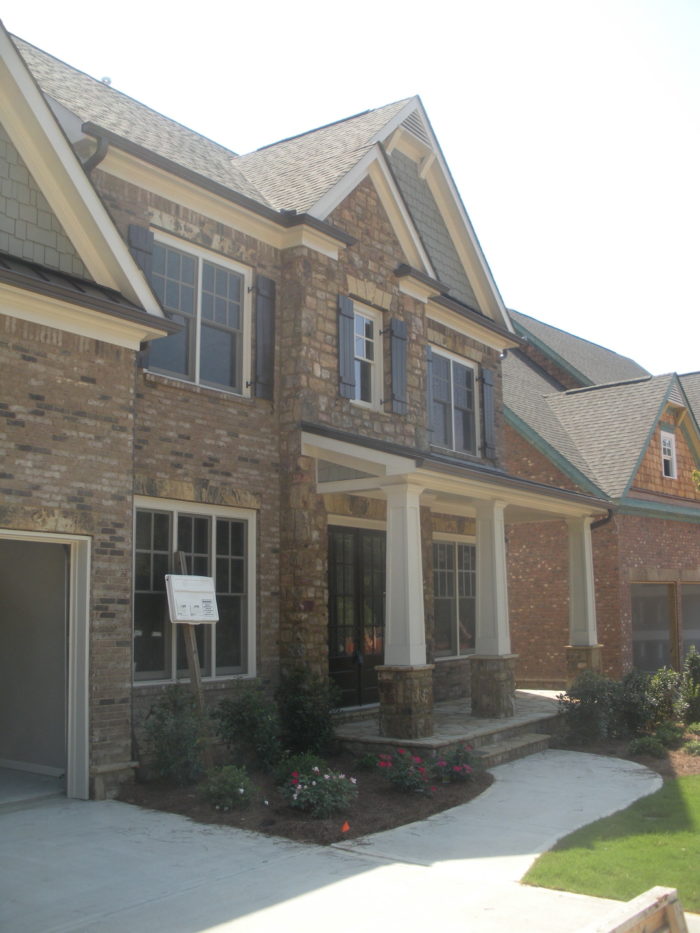




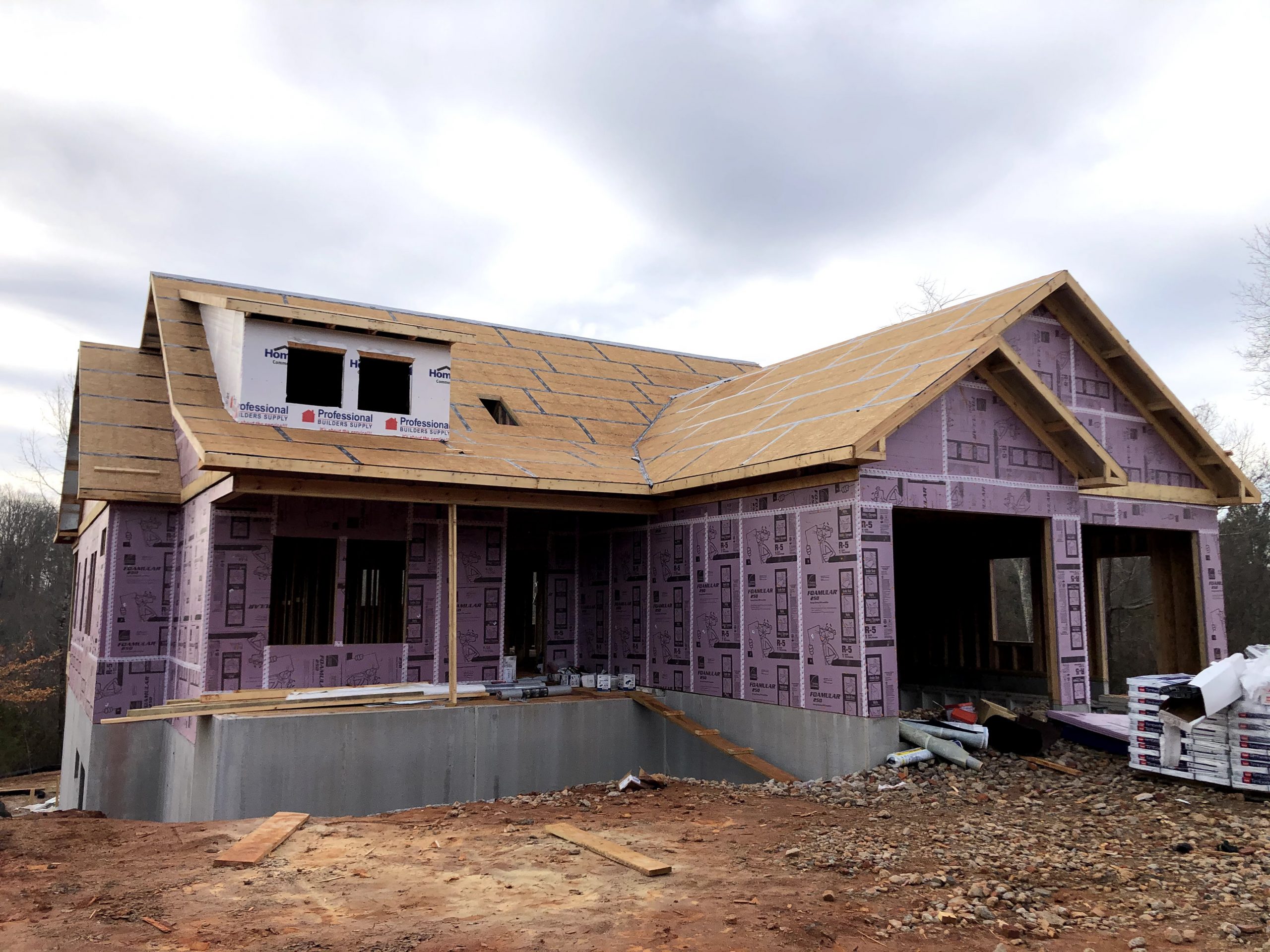
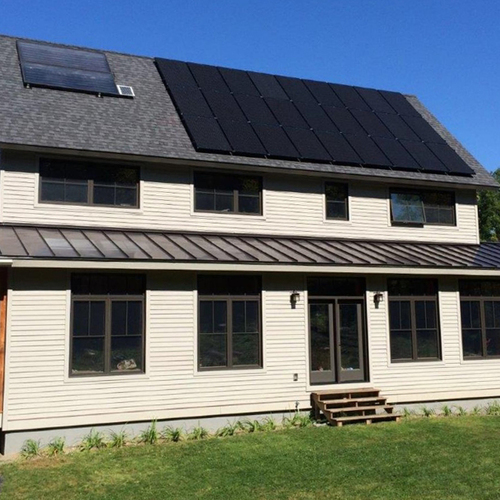
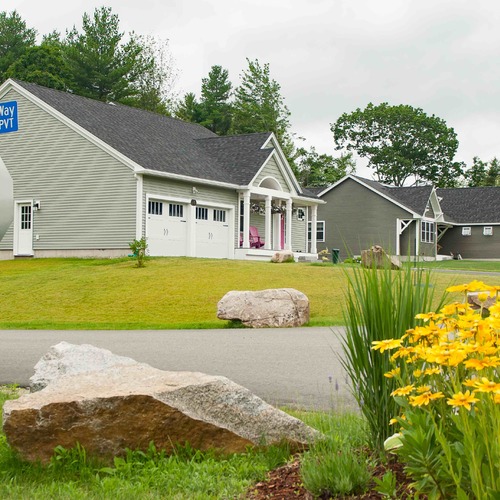
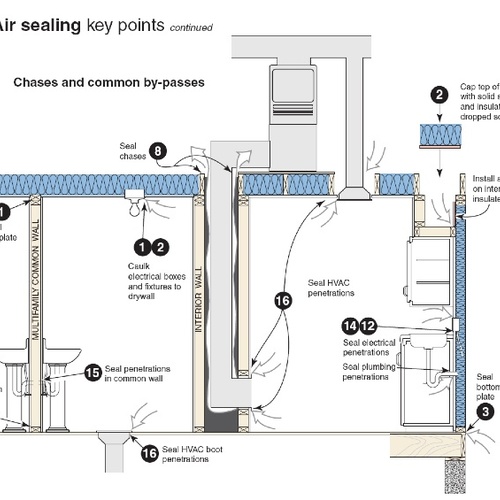






3 Comments
Carl this is a very relevant
Carl this is a very relevant expose on the effect that the new codes will have on the residential home building industry. Here in Connecticut we are about to adopt the 2009 IECC with Connecticut General Statutes amendments to be implemented in January 2012. In September of 2012 it is proposed that we adopt the IRC 2012 and the IECC 2012. As a Building Official I have tried to prepare the local contractors regarding the issues involving insulation, moisture management, blower door testing, duct blower testing, and visual inspection to name a few, that they will encounter. .Reviews have been mixed, ranging from acceptance to utter cynicism. Many of the reputable builders have already been involved in the Energy Star 3 program so they will comply. Remodeling contractors and HVAC contractorrs are the group that may present more of an an impediment to the changes. Many feel that they will be inundated with exorbitant extra hard costs and inspection schedules, which will result in extended construction time and decreased profits. With the economic environment as it is, contractors complain that they are working with minimal profit margins already, if they are working at all. Although this is a valid complaint, which any of us in the construction industry can understand, in the end when the codes are adopted contractors will need to follow the compliance paths no matter if they agree or disagree. Proper education of the code officials is essential to proper enforcement of the standards of these new codes. The priority of the building department is to work hand in hand with home builders, remodeling contractors, mechanical contractors, and homeowners to make the transition an educational experience as well as a cost effective tool toward energy efficiency and durability in the new and existing housing stock.
blower testing
Well said, Edward. It's disappointing to read of indifference from code officials, as reported in the article. Clearly, some of the education effort needs to be directed at those responsible for code administration. How much better to see this for what it is - a great opportunity to show value-added for the implemenetation of codes. In the best case, compliance with energy conservation codes should be streamlined, and as inexpensive as can be achieved while the objectives of the provisions are still met.
Codes and energy efficiency
I have linked this study before, but for those interested it provides some insight on voluntary compliance to higher performance homes.
http://www.state.mn.us/mn/externalDocs/Commerce/New_Home_Performance_Study_111202034608_FinalMNhomes.pdf
In Minnesota we called high performance homes Catagory 1 and homes built to code only, Catagory 2. The Prism results at the end of the study linked above is worth careful consideration as it breaks down performance results by catagory.
Log in or create an account to post a comment.
Sign up Log in